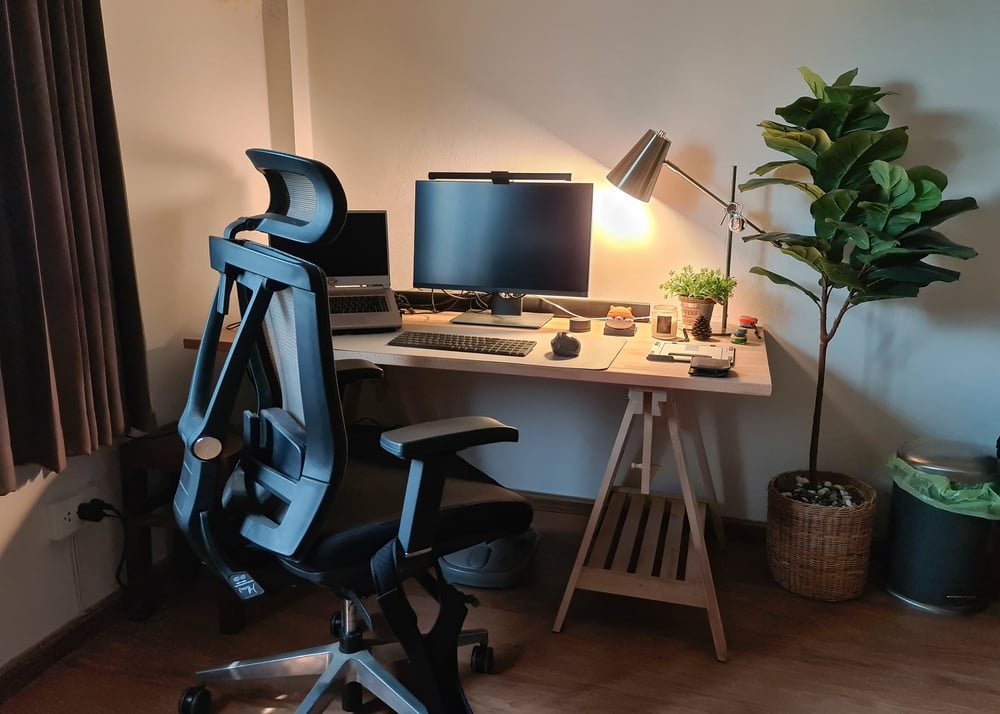
Could my arm pain be from my neck?
*This article originally appeared on Dr. Kristen Mitteness’ website. Dr. Mitteness is part of the Lifemark family. We are republishing the article here with permission.
Over the past few weeks, I've had a surge in patients with arm pain, tingling or numbness in their fingers or weakness in their hand. While some suspect carpal tunnel, others have associated the pain with their shoulder or neck. What's really going on here?
The brachial plexus
There is a network of nerves that starts at your spinal cord within your cervical spine (your neck), go through muscles near your neck and shoulder and make their way down your arm and into your fingertips. As a whole, this network is called the brachial plexus.
5 main nerves (musculocutaneous, axillary, radial, median and ulnar) are considered the “terminal branches” of the brachial plexus. Depending on where the nerve is being irritated, you can experience different symptoms or signs.
When a tight muscle, a poorly moving joint, bad posture or other factors irritate a nerve in your body, it is likely to cause pain, tingling, numbness or a burning sensation. That being said, did you know that only 10% of your nervous system actually feels pain? Chances are, your nerve has been irritated for much longer than your pain has been present.
Getting started with recovery

So, how is something like this treated? My first action item is to check posture. Is one shoulder sitting higher than the other? Is the head tilted to one side? Are the shoulders rounded forward? Then, I check the range of motion. Can the patient move his or her neck through all ranges of motion without pain or pulling? Remember, pain is not normal! It's a sign of dysfunction.
The next step is to palpate, or check the area through light touch, to find any muscles, joints or ligaments that aren't moving properly, feel tender or aren't in alignment. Think about your vehicle. If your tire alignment is off just slightly, will your car wear out faster? Will you notice right away?
Lucky for us, the human body is extremely resilient and adaptable.... until it isn't. Chances are, the problem that is causing your finger numbness, tingling or pain has been there for a while, it just wasn't sending you pain signals.
Adjusting the joints

After mobilizing the joints that I suspect are involved in the dysfunction, I'll adjust any joints that are subluxated (not dislocated) or not in alignment or moving well, starting with the back, neck and shoulders. Then, I'll use a myofascial release technique to mobilize the muscles in a way to release or remove irritation to the nerve.
More often than not, patients feel a bit of relief right after the treatment. Is it completely fixed after a single treatment? Probably not, but, we're on our way!
Of course, we have to identify what caused the problem in the first place and implement necessary changes. Is there underlying inflammation? Is it your posture the culprit? If so, it needs to be addressed or else you’ll be in pain again in the future.
What we do in my office is one piece of the puzzle. To truly heal, we need to address all underlying causes. Pain and dysfunction are most often not from just one thing, but the result of a perfect storm. Through chiropractic, nutrition and self-care, we can work together to not only help you feel better, but function better.
If you’d like to schedule an appointment with a physiotherapist, check out our Locations page to find a Lifemark clinic near you.



